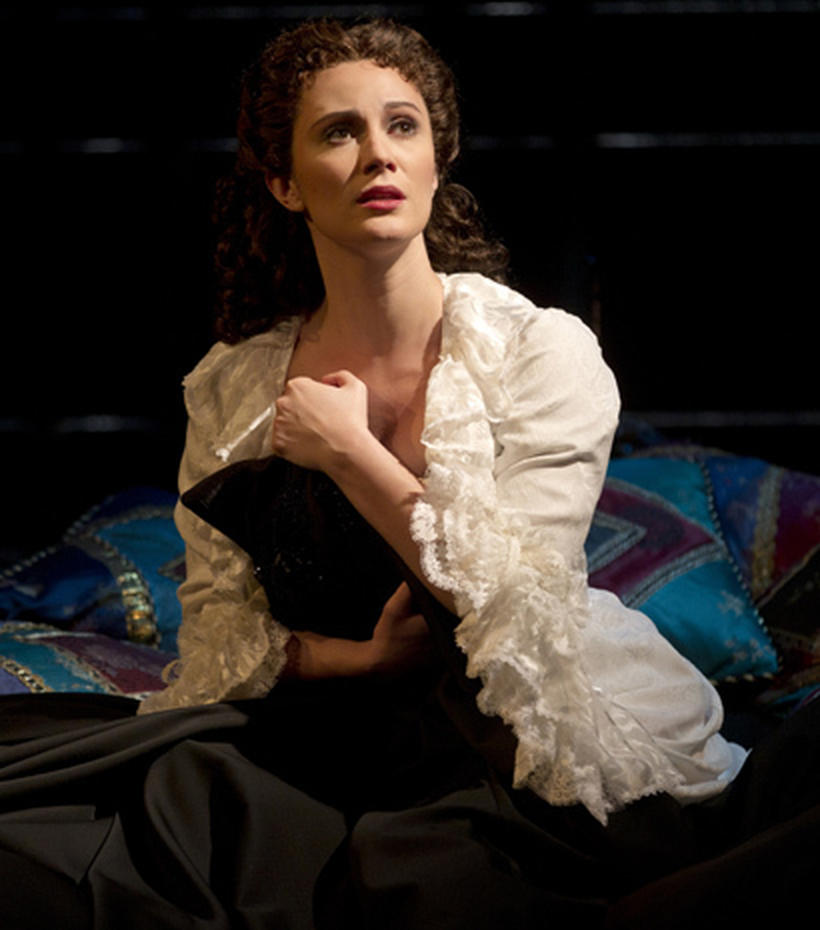

At the same time, he continues to pay for expensive singing lessons for a young soprano who is heavily implied to be his illegitimate daughter (introducing some touches of incest). Crawling back to the opera, he plots his revenge. In a moment of nearly slapstick confusion, he accuses a publisher of trying to steal his manuscript (he isn’t it’s being played by Franz Liszt in the other room), kills the man, and is attack with etching acid by the publisher’s mistress. An absolute scrambling of the plot, it introduced the oft-repeated misconception that Erik was disfigured by acid: a brilliant violinist is going blind but hopes to publish a concerto before he is fired from the Paris Opera orchestra. The next version that attracts notice – one of the last Universal monster films – was released in 1943 and starred Claude Rains. Although the ending – complete with a chase scene, torch-wielding mob, and a last minute rescue – is more melodramatic than need be, it follows the characterization, plot, and mood of the novel more accurately than any other adaptation.ĬLAUDE RAINS. No film version since 1925 has so effectively expressed the core irony of Leroux’s novel, and it remains the closest adaptation to date. Modern audiences may struggle to appreciate this (partially) black and white silent masterpiece, but it cannot fail to communicate the mood of Leroux’s source material: the glamour which is a façade the elegance which hides a horror the beauty on the stage who acts as a transmitter for the beast in the shadows. Skeletal with bulging eyes, a receded nose, jutting teeth, and thin, stringy hair and an expression which swings from misery to demonic rage, Chaney’s visual interpretation of Erik is en pointe, even if the plot portrays him as an unredeemable fiend. The film’s most noteworthy feature, the makeup was designed by Chaney himself and was – like Karloff’s in “Frankenstein” – a secret until the film was released. Chaney’s famous makeup has continued to be unsurpassed in its depiction of Erik’s skullish deformity, and may have been designed to resemble actual sufferers of porphyria. – an adaptation which, despite being almost a century old, remains the most accurate of any interpretation. The first was the silent film starring Lon Chaney Sr.


 0 kommentar(er)
0 kommentar(er)
